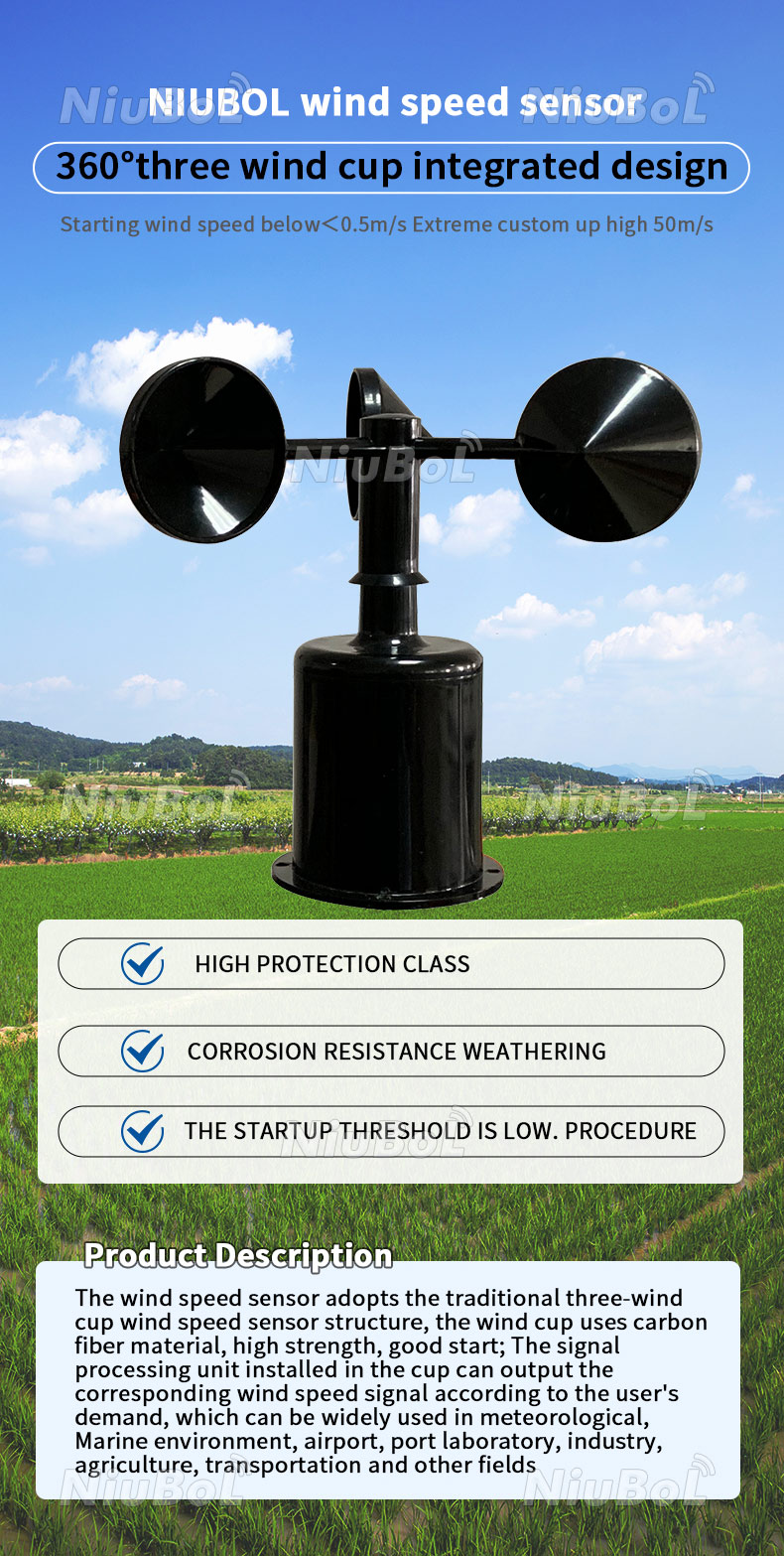Picking the Right Anemometer: A Comprehensive Purchasing Guide
Picking the Right Anemometer: A Comprehensive Purchasing Guide
Blog Article
Anemometers Revealed: Understanding Their Relevance in Ecological Monitoring and Precaution
The function of anemometers in environmental surveillance and safety and security actions is frequently ignored, yet their relevance is indisputable. From meteorology to aviation safety, anemometers play a vital function in supplying accurate information that notifies decision-making procedures and improves general safety.
History of Anemometers
The advancement of anemometers can be mapped back to the old worlds where fundamental wind gauging devices were initial used. One of the earliest well-known anemometers was the hemispherical mug anemometer developed by Leon Battista Alberti in the 15th century.
In the 18th century, the distinguished scientist John Thomas Romney Robinson introduced the Robinson anemometer, which featured four hemispherical mugs installed on horizontal arms that prolonged from a central axis. This style ended up being a requirement in meteorological measurements due to its accuracy and reliability. For many years, innovations in modern technology caused the growth of more contemporary anemometers, consisting of ultrasonic anemometers and laser Doppler anemometers, supplying raised accuracy and performance in determining wind speed and direction. The background of anemometers showcases an exceptional journey of advancement and progression in the field of meteorology.
Kinds Of Anemometers
Throughout the field of weather forecasting, different types of anemometers have been established to properly gauge wind rate and instructions. Sonic anemometers utilize ultrasonic signals to determine wind rate and instructions properly. Hot-wire anemometers operate based on the principle that the cooling effect of wind on a heated cord is symmetrical to the wind speed.
Applications in Meteorology
Having discussed the different kinds of anemometers used in weather forecasting for measuring wind speed and instructions, it is important to discover their sensible applications in the field. Anemometers play a critical role in meteorology by providing real-time and precise data on wind conditions (anemometer). Meteorologists use anemometers to keep an eye on wind rate and instructions to forecast weather condition patterns, concern warnings for extreme weather occasions like cyclones, twisters, and storms, and assess atmospheric problems for air travel safety
In weather forecasting, anemometers help in understanding neighborhood and regional wind patterns, which are essential for anticipating climate changes and establishing weather trends. These devices are likewise used in research study to study microclimates, metropolitan warmth islands, and air contamination dispersion. Additionally, anemometers are employed in farming to enhance plant management methods, such as irrigation and pesticide application, based upon wind conditions.
Importance in Air Travel Security
An indispensable element of guaranteeing air travel safety and security depends on the meticulous surveillance of wind conditions utilizing anemometers. Anemometers play an important role in air travel by giving real-time information on wind speed and direction, aiding pilots in making educated decisions during flight, landing, and liftoff. Strong and unforeseeable winds can substantially affect airplane operations, making it essential for air travel authorities to count on accurate wind measurements to guarantee the safety and security of guests and team.

In the dynamic setting of aeronautics, where also small changes in wind rate and direction can have profound results, anemometers stand as vital devices for advertising risk-free and secure air travel.
Role in Environmental Research Study
Anemometers play an essential function in ecological study by providing essential information on wind speed and instructions. By accurately measuring wind qualities, anemometers aid researchers assess the motion of pollutants in the air, analyze the impact of industrial exhausts, and predict the spread of impurities in the setting.


Final Thought
In verdict, anemometers have played an essential function in environmental monitoring and safety actions. Comprehending the importance of anemometers is crucial for properly gauging wind rate and direction, which is important for forecasting weather condition patterns, making certain risk-free air travel procedures, and conducting environmental research studies.
One of the earliest known anemometers was the hemispherical mug anemometer invented by Leon Battista Alberti in the 15th century. Over the years, developments in innovation led to the advancement of more contemporary check this anemometers, including ultrasonic anemometers and laser Doppler anemometers, providing raised accuracy and performance in determining wind speed and direction. Hot-wire anemometers operate based on the principle that the cooling impact of wind on a heated cord is symmetrical to the wind speed. Meteorologists utilize anemometers to keep track of wind rate and direction to forecast weather patterns, issue warnings for serious climate events like storms, twisters, and typhoons, and assess climatic conditions for aeronautics safety and security.
Understanding the significance of anemometers is crucial for accurately gauging wind rate and instructions, which is crucial for predicting weather condition patterns, guaranteeing safe air travel operations, and conducting environmental More hints researches. (anemometer)
Report this page